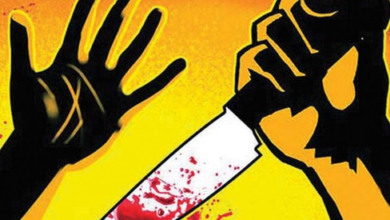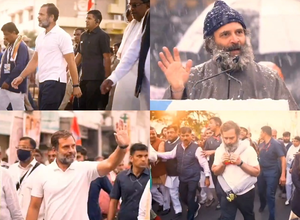
Tumakuru (Karnataka), Jan 15: Two men were mowed down by an unidentified vehicle while they were fixing a flat tyre in Tumakuru district of Karnataka, said officials on Monday.
The incident took place near Kuntegowdanahalli Gate near Sira town in the early hours.
The deceased were identified as 40-year-old Mahesh and 40-year-old Umesh, both residents of Avalahalli village.
According to police, the victims were replacing the flat tyre of their vehicle on the road. While replacing the tyre they were hit by another vehicle.
The accused driver escaped from the spot.
The Kallambella police rushed to the spot and took up the case for investigation.
(IANS)






